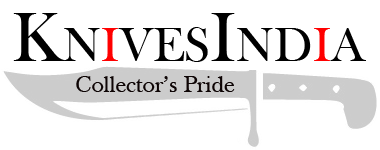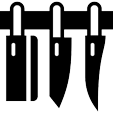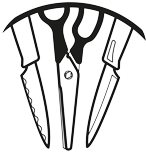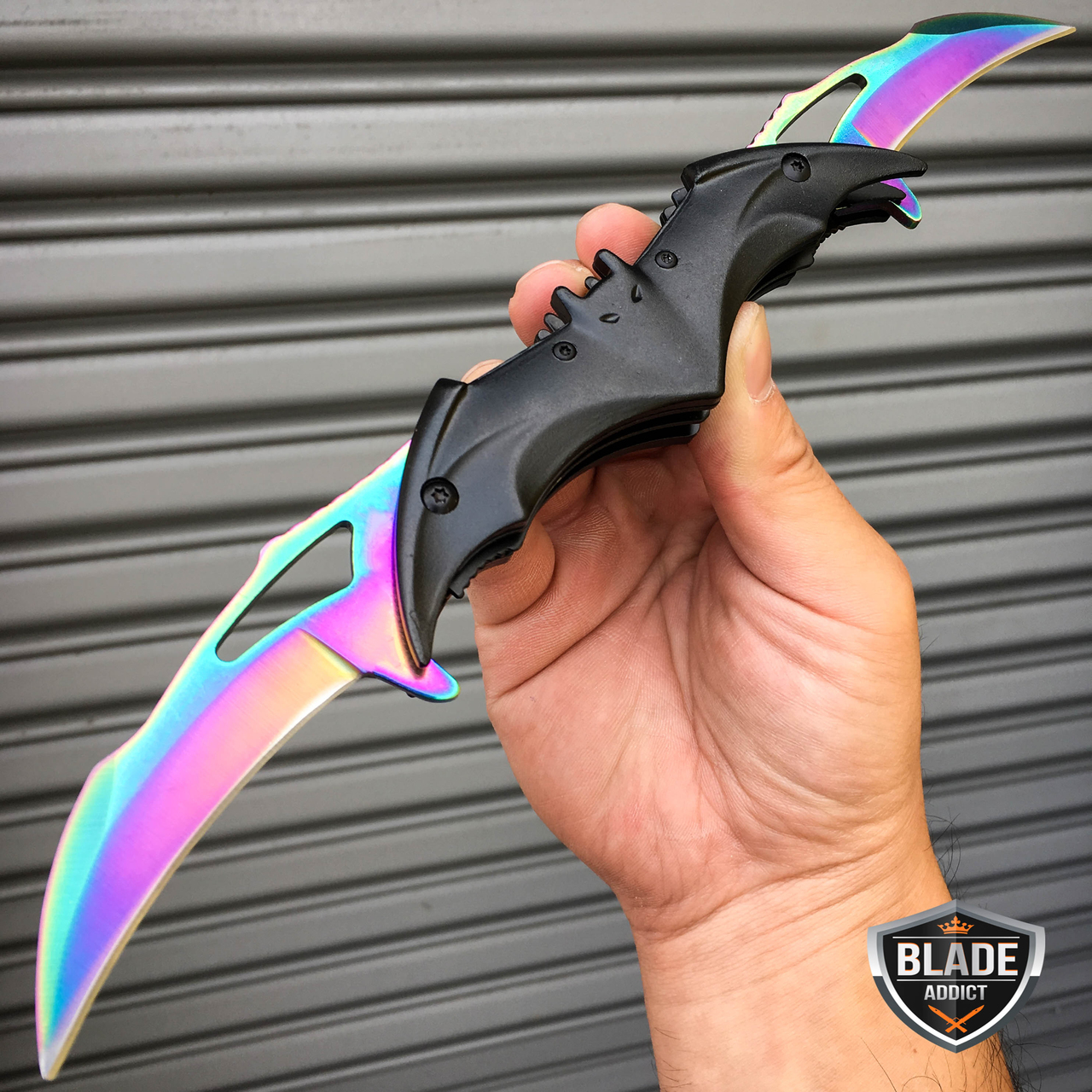As any of your tools and gear, it is important to choose a survival knife that meets your purposes and is handy in any situation. When it comes to choosing the right knife, there is no rulebook. In fact, you can choose any survival knife that suits your personal preferences and needs. However, you can use the tips below to make your search easier and find the ideal survival knife for your unique purposes.
Consider the law: Is it legal?
Before you get on with searching for the perfect knife, take some time out to read the legal requirements of owning one. The rules for owning any type of knife not limited to home use are different in different countries. Normally, knives longer than 3 inches on the cutting edge are not considered legal. Additionally, knifes like flick knives, butterfly knives and other types of assisted opening models are also not permitted for public use. In many cases, you could face jail time and/or severe fines if you are caught with such knives in public.
Ensure that you read the rule book before deciding on a knife. It is interesting to note that there are certain exceptions to the rule when it comes to carrying knives. In some cases, longer knives are allowed in public spaces if they are part of your professional, religious or national attire.
Don’t be blinded by the silver screen
Yes, the knives you see in your favourite action movie certainly look cool and badass. But they are not always practical for use in camping, sporting or other everyday purposes. Even if you are tempted to buy a film knife, conduct enough research to decide its practical utility and only then, purchase it. More often than not, the knives used in films are less than ideal for delicate jobs as well as bigger projects. Be careful, don’t be swayed by how cool Rambo looks. It’s all about functionality in the real world.
The anatomy of the knife
The first step in purchasing the right knife is to define its purpose. Are you going to use it in your mountaineering gear or is it for more everyday purposes? Once you have decided its purpose, move on to learning the numerous parts of the knife. If you are going to buy a knife, it makes sense to learn the names and functions of every part of the knife. Common terms like cutting edge, spine, tip, heel, bolster, rivets, handle and butt have different meanings in terms of a knife’s anatomy. Apart from the anatomy, it is also good to learn the numerous types of knives available based on their size and utility. You can choose from a wide range of survival knives, pocket knives and multipurpose knives based on your needs. The third thing you should consider is the size of the blade itself.
Blade metal and size
Survival knives come in various forms of steel, each with its unique set of pros and cons. Most survival knives are available in mainly stainless variants like S60V, S90V, BG-42, CPM 154 and CPM S30V. You can also purchase these knives made from carbon steel variants like O1, D2, A2, Carbon V, as well as CPM 154. For most outdoor sporting purposes, the ideal blade length is between 4″-6″ that is perfect for finer carving jobs as well as heavier tasks.
Watch out for the tang, i.e. the section of the blade inside the handle, as it can define the strength of the knife. Ensure that you get a knife with a sizeable tang (rat’s tail or full tang) as it can still serve as a makeshift knife should the handle break or become unusable.
Blade shape and edge grinds
Knives are available in many types of edge grinds, with the following six being the most popular variants:
- Flat grind: This type of blade has tapering from the edge to the spine on both sides.
- Hollow grind: Equipped with a sharp edge, this type of knife grind can cut easily but will lose its sharpness over time.
- Chisel grind: Shaped like a chisel, one side of the blade is ground.
- Saber grind: Known to hold its edge, this grind cannot cut as easily but is durable.
- Convex grind: The opposite of hollow knife grind, it holds its sharpness and edge well as it is filled with material behind its edge. It is used for chopping and heavy tasks.
- Compound/Double bevel: With improved cutting ability, this blade is thinner with a wider angle. While long lasting, this blade does not cut as effectively.
When it comes to blade shape, there are 6-7 main types you can choose from. However for a general purpose survival knife, you only need to choose between a spear point and clip point knife. Other types of blades includes sheep-foot point, bevel point, saber clip point, saber spear point etc. Blades are also available in varying degrees of hardness and range from low, medium and high grade hardness ideal for difference purposes.
Handle and sheath
Survival knife handles are made from different materials like rubber, horn, plastic, leather, wood and bone. If you are looking for good grip in dry and wet conditions, rubber is your best bet. On the other hand, if strength and durability are your biggest concern, you can choose handles made from horn nor bone. Plastic, on the other hand, is an inexpensive alternative that is both strong as well as non-absorbent. When choosing the handle, ensure that it is comfortable and does not leave any blisters on your skin after prolonged use.
A sheath is essential for safe storage of your survival knife and should be made from a sturdy material like Kydex or leather. Ensure that it also has a tunnel belt and a strap for easy handling. You may also get small pockets with sharpening stones for the knife and can be attached to your belt or leg. However, you should be careful in displaying it in public.









